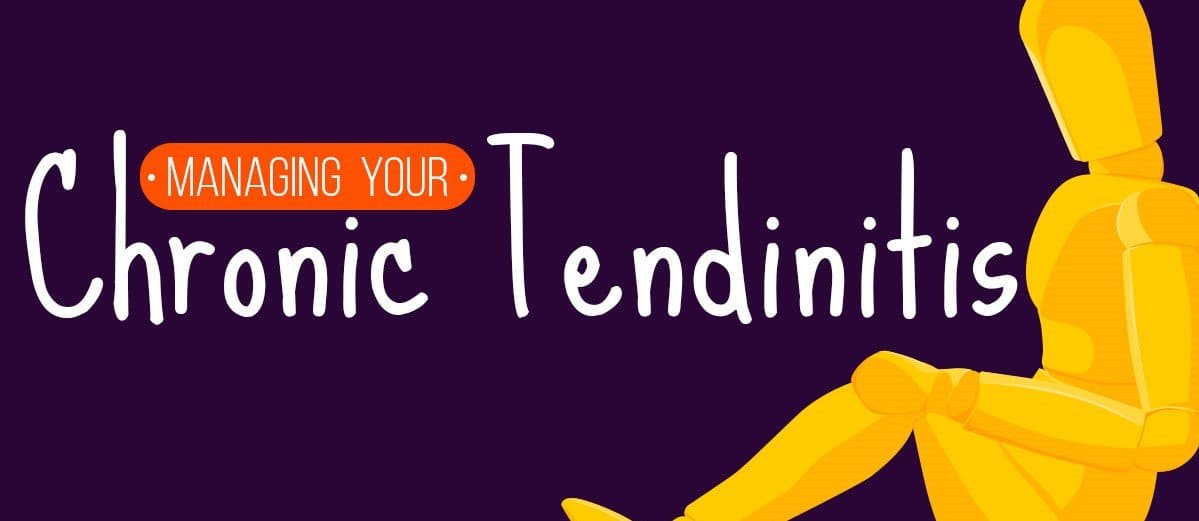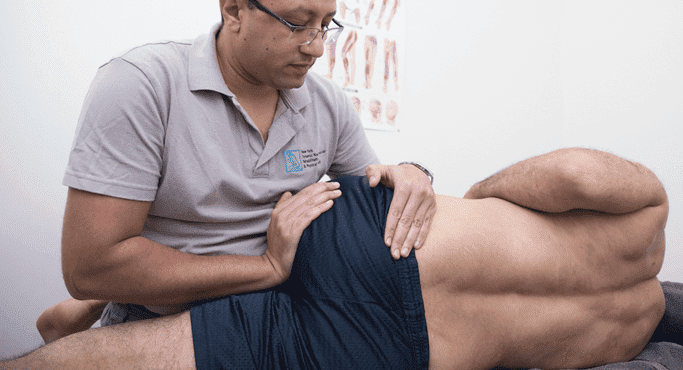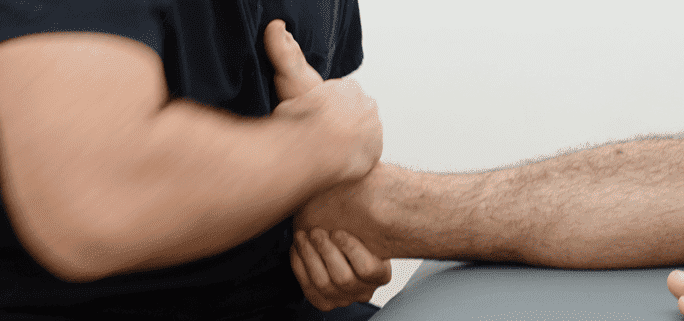New York Dynamic Neuromuscular Rehabilitation & Physical Therapy

NYDNRehab is pleased to announce our 2017 scholarship winners, Greg Stavinski and Daniel Kuchter. Congratulations! Scholarship applicants were required to demonstrate a strong interest in biomedical related research, and an understanding of biomechanics and movement science as applies to rehabilitation. They were also required to articulate their perspectives on technology’s role in the future of […]
Read More
In most cases muscle knots, often called myofascial trigger points, are nothing more than a mere annoyance, causing mild to moderate pain when pressure is applied. However, depending on their location, muscle knots can cause referred pain in other areas of your body that is easy to misdiagnose. What exactly are muscle knots? The cells […]
Read More
Tendons are thick fibrous tissue that attach muscles tor-cuff-tendinitis/” target=”_blank”>Tendinitis pain is most commonly experienced near ankles, knees, wrists, elbows and shoulders. If you experience pain and inflammation near your joint that does not diminish after a few days, contact NYDNRehab for diagnosis and treatment. The sports medicine team at NYDNRehab combines expertise and experience […]
Read More
Hip pain can be both distracting and debilitating, nagging at you with each step or movement. While hip pain is sometimes indicative of a structural problem within the joint (intra-articular), pain can often stem from other sources outside of the joint (extra-articular). Some common causes of extra-articular hip joint pain include: ● Tendon injuries […]
Read More
Chronic Ankle Instability Ankle sprains are common sports injuries that occur when the ankle rolls in a lateral motion, doing damage to more injuries down the road. A suspected catalyst for CAI is peripheral nerve damage that occurs with a lateral ankle sprain. Inflammation and scar tissue at the injury site can reduce the […]
Read MoreVaclav Vojta, MD was a pediatric neurologist and college professor whose life’s vocation is best remembered for his work with children inflicted with cerebral palsy, a brain disorder of unknown origins that affects muscle tor skills. Children with cerebral palsy often have difficulty speaking, standing and walking. In the course of his work, Vojta discovered […]
Read More